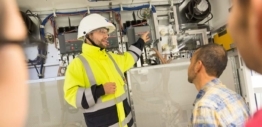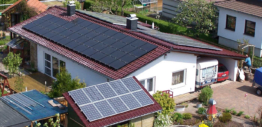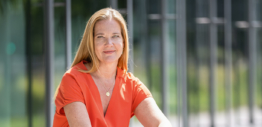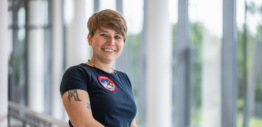New training concept for central inverter maintenance
It's all in the mix: In the new "blended learning" format, the SMA Solar Academy is now combining digital and analog maintenance training for the Sunny Central and Sunny Central Storage central inverters. There are only two days of classroom training at the Solar Academy. Prior to that, the theory will be provided on four half days as remote training. "This is more flexible, fits better into everyday work and family life, and the participants save on accommodation costs," says Academy trainer Jan Rössler.










